I've a Webcola&D3 svg graph with Nodes and Links between them.
Till today, between nodes the Links could be One way, if B was connected to A, it was only one way Link.

Today i was told i need to support having 2 way Links, meaning A can send a Link to B and B can send a link to A.
Now i'm stuck about the math and how to accomplish it, i used some algorithm i found to draw links till today which i guess draw the Links from the center of the Node, i need to show the 2 way links in parallel like this :

here is the algorithm i use to calculate Links position:
let parent = connection.parent;
const sx = parent.source.x;
const sy = parent.source.y;
const tx = parent.target.x;
const ty = parent.target.y;
let angle = Math.atan2(ty - sy, tx - sx);
const radiusSource = parent.source.radius;
const radiusTarget = parent.target.radius;
let x1 = sx + Math.cos(angle) * radiusSource;
let x2 = tx - Math.cos(angle) * radiusTarget;
let y1 = sy + Math.sin(angle) * radiusSource;
let y2 = ty - Math.sin(angle) * radiusTarget;
angle = angle * 180 / Math.PI;
let opposite = Math.abs(angle) > 90;
if (opposite)
angle -= 180;
connection.coords = [x1, y1, x2, y2, angle, opposite];
return connection.coords;
This is a part of a function which the result goes into the 'd' attr of the path like this:
.attr('d', `M${x1} ${y1} L ${x2} ${y2}`)
The result of 2 way Links right now is that they override each other, can anyone help me improve this algorithm so it will make 2 way Links be parallel?